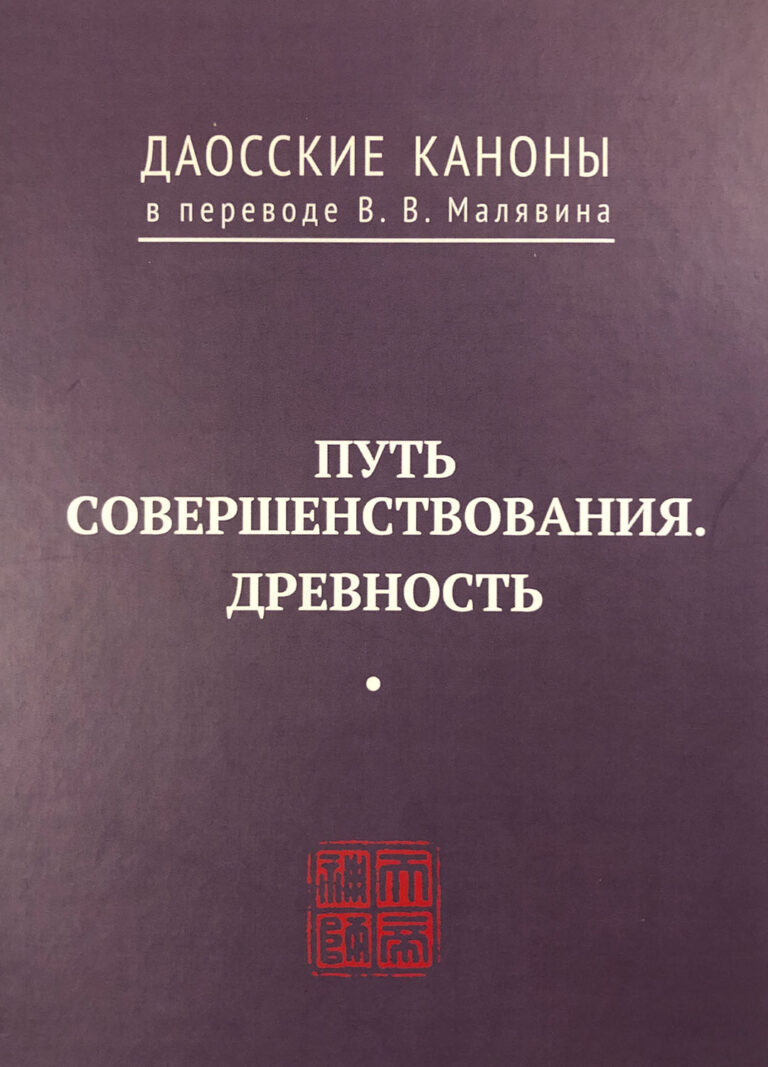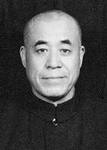HARMONY AND BEYOND
concrete that any individual experience. Moreover, it changes, lets itself go even before it acquires perceptible form. It is the minutest “in-between” moment, the shortest duration possible. The idea of “vigilance over Solitude” (shen du, 慎独), as is well known, became the basis of self-cultivation in Neo-Confucianism.
Now we can turn to the most important corollary to Confucian theory of harmony: the concept of similarity or likeness (tong, 同). In a famous statement by Confucius in “Lun yu” a noble person is described as someone always capable of being in accord with others but not identical with them (和而不同) while vulgar man is precisely the opposite: he wants everybody to be like him but is never in accord with anyone. For Confucius, at least judging by the literal meaning of his saying, harmony is restricted to adjustment in human relations, the search for concord. It lacks ontological foundation and is, strictly speaking, accidental. When the substantial foundation for harmonious living is involved, as, for example, in the famous utopia of “Great Unity” (da tong,大同) described in the canonical “Book of Rites”, a concept of similarity immediately comes to the foreground. So, things are similar and even identical precisely at the moment of their transformation or becoming-other. They are identical, strictly speaking, because they are different to themselves in equal measure.
In Taoism, which basically represents a metaphysical corollary to Confucian morality, the interplay of harmony and similarity is pronounced quite obviously. Harmony, according to Taoist thinkers, is an essential feature of inner perfection (de, 德), yet universal similarity is its primary condition and fulfillment. In the last chapter of “Zhuang-zi” there is a statement ascribed to Guan Yin-zi: “Similarity makes possible harmony” (同焉者和)[1].
In Taoism similarity conceived as coincidentio oppositorum is the ontological condition of harmony. It is the intuition of profound, purely natural communion of humans and even all living beings that really substantiates the harmonic relations in life and thus justifies the infinite variety of living entities. At the same time, harmony does not allow the intuition of life’s common ground become a principle of transcendental unity based on the notion of abstract individual. In fact, such unity would be purely formal and thus empty. It cannot generate a real sympathy for others. It does not even contain conditions for recognizing the actual difference between human beings. Such recognition is substituted by a deliberate and violent denial of one’s natural condition. Its outcome is human alienation. This makes both private and public life a field of permanent conflict.
The concept of primordial similarity leads to opposite results. As the highest sublimation of harmony, similarity here is perceived – if we consider Taoism a metaphysical extension of Confucian legacy – as an endlessly diversifying, seemingly chaotic universal chorus: “voices in transformation” (hua sheng, 化声)), a disparate multiplicity of earthly sounds which are “dependent upon each other in not being mutually dependent”[2]. It is something close to what Roland Barthes called idiorythmie: a rhythm ‘”always apart”, dissolved in amorphous flow of experience noticeable only by its elusive traces and shadows[3]. Another possible equivalent of this ontological foundation of existence is Gilbert Simondon’s popular formula “relation of non-relation”[4]. In the perspective of this non-linking relation, things are equal in being incommensurable. This chaosmic, (chaotic/cosmic), both disordered and orderly, non-measurable and measured totality, the matrix of all meanings in Taoism, which basically represents a metaphysical corollary to Confucian morality, the interplay of harmony and similarity is pronounced quite obviously. Harmony, according to Taoist thinkers, is an essential feature of inner perfection (de, 德), yet universal similarity is its primary condition and fulfillment. In the last chapter of “Zhuang-zi” there is a statement ascribed to Guan Yin-zi: “Similarity makes possible harmony” (同焉者和)[1].
In Taoism similarity conceived as coincidentio oppositorum is the ontological condition of harmony. It is the intuition of profound, purely natural communion of humans and even all living beings that really substantiates the harmonic relations in life and thus justifies the infinite variety of living entities. At the same time, harmony does not allow the intuition of life’s common ground become a principle of transcendental unity based on the notion of abstract individual. In fact, such unity would be purely formal and thus empty. It cannot generate a real sympathy for others. It does not even contain conditions for recognizing the actual difference between human beings. Such recognition is substituted by a deliberate and violent denial of one’s natural condition. Its outcome is human alienation. This makes both private and public life a field of permanent conflict.
The concept of primordial similarity leads to opposite results. As the highest sublimation of harmony, similarity here is perceived – if we consider Taoism a metaphysical extension of Confucian legacy – as an endlessly diversifying, seemingly chaotic universal chorus: “voices in transformation” (hua sheng, 化声)), a disparate multiplicity of earthly sounds which are “dependent upon each other in not being mutually dependent”[2]. It is something close to what Roland Barthes called idiorythmie: a rhythm ‘”always apart”, dissolved in amorphous flow of experience noticeable only by its elusive traces and shadows[3]. Another possible equivalent of this ontological foundation of existence is Gilbert Simondon’s popular formula “relation of non-relation”[4]. In the perspective of this non-linking relation, things are equal in being incommensurable. This chaosmic, (chaotic/cosmic), both disordered and orderly, non-measurable and measured totality, the matrix of all meanings may be perceived as paroles confuses of Nature but it carries
[1] Zhuang-zi jishi (“Zhuang-zi” with collected interpretations). Beijing: Zhunghua shuju, 1985, P. 1094.
[2] Ibid., P. 108.
[3] Barthes, Roland. Comment vivre ensemble. Paris: Seuil, 2002. P. 175.
[4] Simondon, Gilbert. L’individuation à la lumière des notions de forme et d’information. Grenoble: Million, 2005. P. 34, 63






